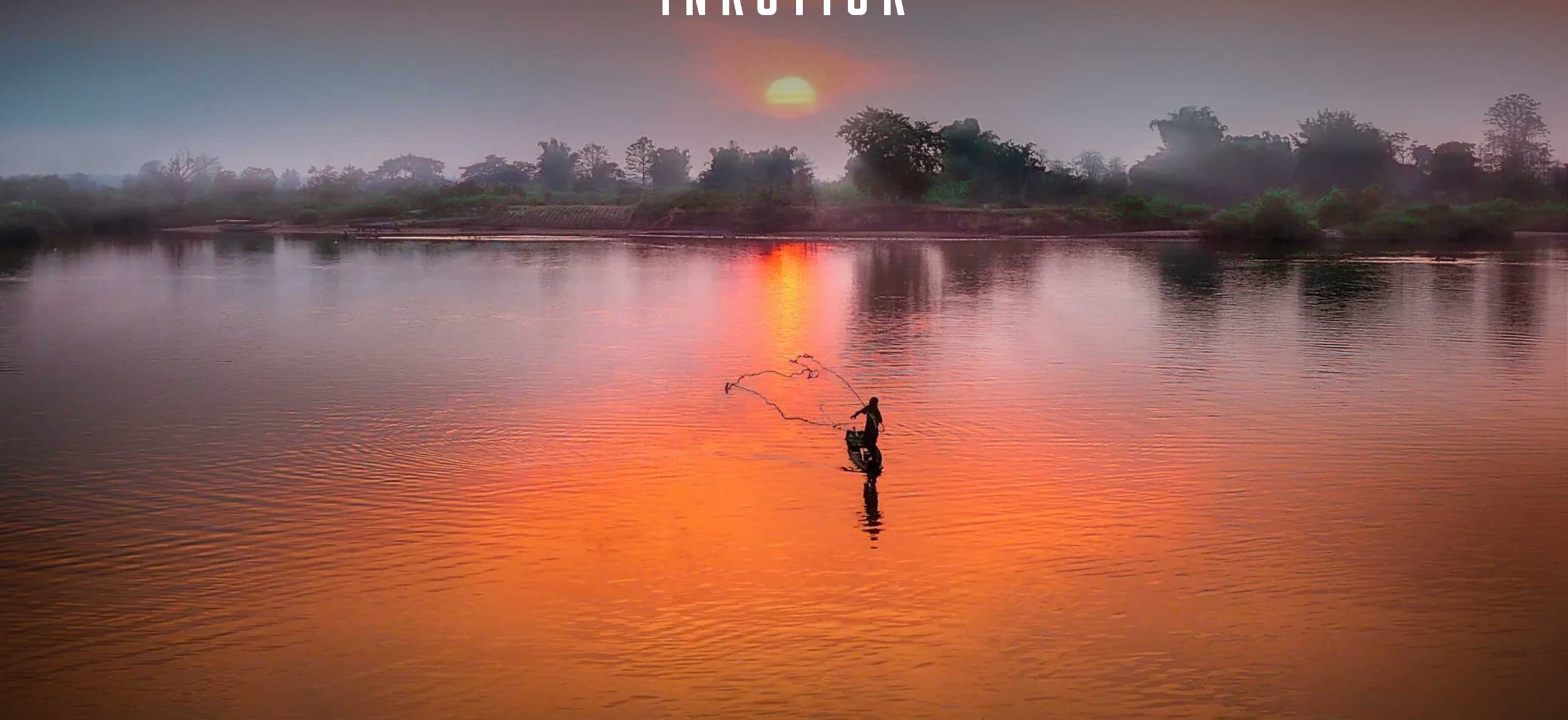How Laos Can Lead ASEAN On Environmental Issues
By Sera Koulabdara
Pictures: Simon Berger
The Mekong River deserves protection.
The sunset along the Mekong River is the most beautiful I have ever seen. Like so many children who grew up along the Mekong, I spent hours playing in the water or just sitting and watching the serenity of the soft waves while my mother told me stories of the naks, water dragons, until I fell asleep.
Generations of my family-built houses on stilts along this precious river but only one remains today, the house of my 99-year-old grandmother, Simone Koulabdara. As a six-year-old child, I only saw the beauty of Laos’s landscape and waterways. I had no idea of the threat of human actions on this land-linked country and the majestic river that is a vital life source for Laos, its neighbors, and the global community.
Today, I lead Legacies of War, a nonprofit organization working to advocate for the clearance of unexploded ordnance (UXO), victims’ assistance, and explosive ordnance risk education globally, with a special focus on Laos, Cambodia, and Vietnam. My father was a surgeon who operated on countless victims of UXO accidents in the 1970s and 1980s. As the world’s most bombed country per capita, Laos knows all too well of the dangers that lurk just inches beneath its soil. From 1964 to 1973, the United States dropped at least 2.5 million tons of ordnance on Laos. An estimated 30% of these ordnances failed to detonate, leaving millions of UXO scattered across Laos’ land and water.
The Mekong River
The importance of the Mekong River to the six countries that it flows through (Laos, Vietnam, Cambodia, Myanmar, Thailand, and China) and the greater world cannot be overstated. The Mekong River is home to at least 1,200 freshwater species, making the river only second to the Amazon when it comes to fish biodiversity. In addition to the perils of UXO on Laos’s water, the Mekong River is also threatened by the growing number of dams, overfishing, sand mining, and overall impacts of climate change.
As the world’s most bombed country per capita, Laos knows all too well of the dangers that lurk just inches beneath its soil.
Perhaps the biggest environmental dangers to the Mekong River in Laos are the dams. They disrupt the flow of water, sediments, and fisheries. This endangers people and the unique fish species, including the giant catfish that calls this water its home. In the past two decades, the population of the Mekong giant catfish has decreased by 90%, and the survival of 68 fish species in the Lower Mekong are threatened.
Diplomatic Potential
This year, Laos serves as the Chair of ASEAN. Laos chose “enhancing connectivity and resiliency” as this year’s theme. Laos aims to promote infrastructure, close the development gaps, increase economic integration, and strengthen ASEAN’s partnership with external partners. To be successful, Laos must prevent and mitigate any negative environmental impact on Laos, its people, and the greater Mekong community caused by developmental projects such as dams. The responsibility of all this is not just on the shoulders of Laos but all members of ASEAN and its partners.
As ASEAN Chair, Laos can leverage its leadership role to further elevate issues like the environmental impact of UXO contamination, concerns regarding the Mekong River, and developmental projects.
Laos will host numerous high level meetings this year, including the ASEAN-US Summit in October. As Chair, Laos can leverage its leadership role to further elevate issues like the environmental impact of UXO contamination, concerns regarding the Mekong River, and developmental projects. With more collaboration like the Mekong River Commission, information sharing and funding support – Laos can play a vital role in championing these issues, curbing damage to the environment, and seeking alternatives to growing its economy.
As we recently celebrated Earth Day 2024, let us be reminded that the Mekong River cannot survive without Laos’s protection and strong leadership. Let’s make sure that the Mighty Mekong River continues to give life and prosperity to Laos and the 70 million people and countless wildlife that depend on her generosity.











